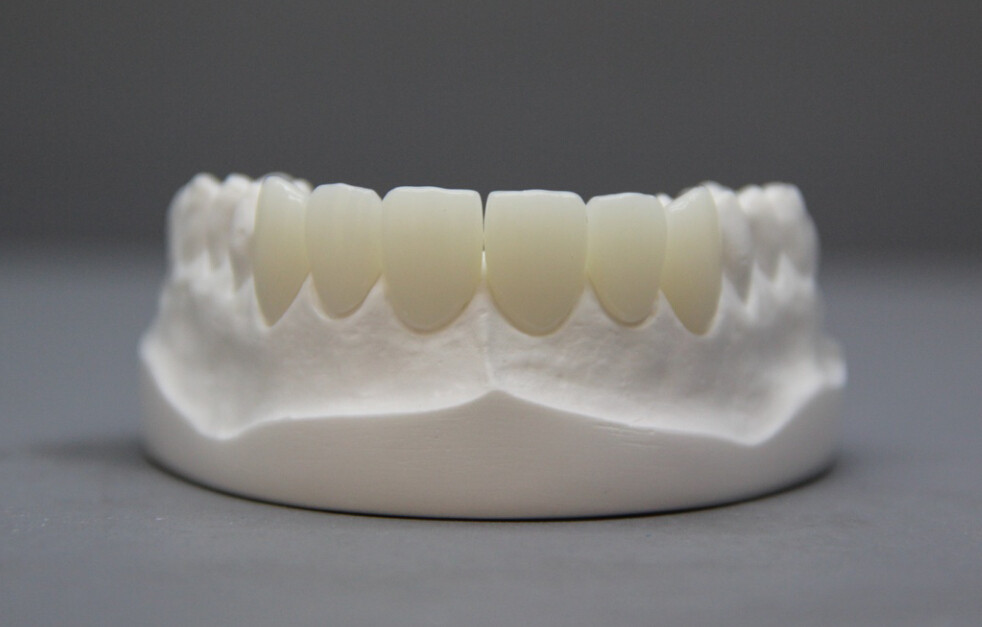Periodontal disease is one of the most common and complex pathologies of the maxillofacial region. According to the World Health Organization (WHO), functional disorders of the dental system, caused by the loss of teeth from periodontal diseases, develop 5 times more often than with complications of caries.
For the treatment of periodontal diseases, which reveal the pathological mobility of teeth, in orthopedic dentistry tires are used. The effectiveness of splinting depends on the stage of the disease, and therefore on the timing of the start of treatment. Tires reduce the load on the teeth, which reduces periodontal inflammation, improves healing and the general well-being of the patient.
Splinting of teeth is one of the methods of treatment of periodontal diseases, allowing to reduce the probability of loss (removal) of teeth.
The main indication for splinting in orthopedic practice is the presence of pathological mobility of teeth.
Splinting is also desirable to prevent re-inflammation in periodontal tissues after treatment in the presence of chronic periodontitis.
Indications for splinting teeth:
stabilize teeth with increased mobility;
prevent the movement of teeth;
stabilize teeth after orthodontic treatment;
stabilize the teeth after acute injury.
Evaluating fixed tires for their therapeutic properties compared to removable ones, it should be noted that fixed tires have indisputable advantages because they provide reliable fixation of moving teeth, forming with it a single unit that can counteract as a whole the horizontal and vertical forces arising during chewing.
Tire requirements:
create a strong block out of a group of teeth, limiting their movement in three directions: vertical, vestibular oral and mesiodistinal;
be rigid and firmly fixed on the teeth;
not to create blocking moments with the occlusal surface for movement of the lower jaw;
do not have retention points for food delays and plaque;
don’t interfere with the conduct of professional and individual oral hygiene;
do not irritate the marginal periodontal disease;
don’t interfere with medical and surgical effects on the periodontal pocket;do not disturb the speech of the patient;
not cause gross violations of the patient’s appearance;
the creation of the tire should not be associated with the removal of a large layer of hard tissues of the crowns of the teeth.
The greatest number of tires was developed and proposed for the frontal group of teeth, which is associated with the features of the atrophy of the alveolar process of the mandible in the area of the frontal teeth, as well as high aesthetic requirements that apply to this group of teeth. In the presence of a dentition defect, prosthetic tires are made that perform the function of splinting and replacing a dentition defect at the same time.
Milling centers of many global companies offer the manufacture of tires and prosthetic tires from zirconium oxide.
This material fully meets the requirements for the manufacture of these structures.
– the use of CAD/CAM production technologies ensures perfect accuracy of structures;
– strength of zirconium oxide provides rigidity;
– the biocompatibility of the material eliminates the occurrence of allergical reactions in the mouth;
– aesthetics are improved by staining the tire in the color of the patient’s teeth;
– there is the possibility of producing tires without preparation of abutment teeth, which is often used when necessary to splint the dentition after orthodontic treatment.

